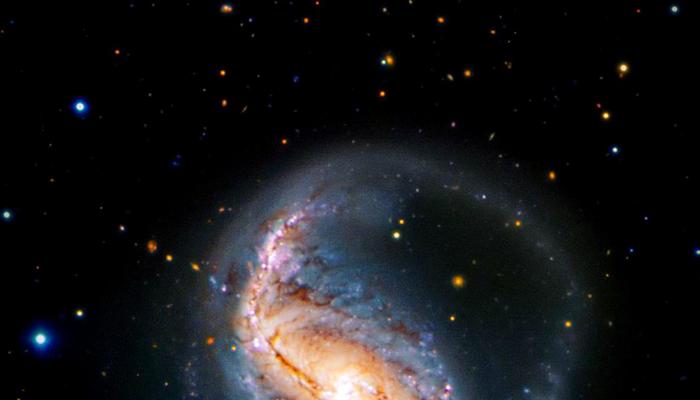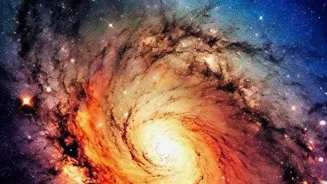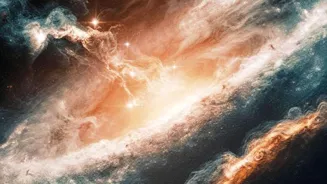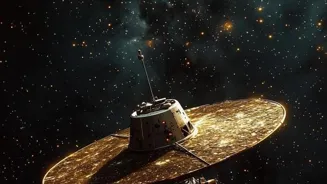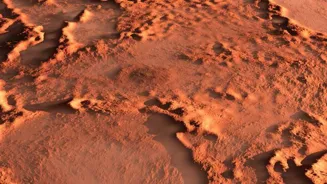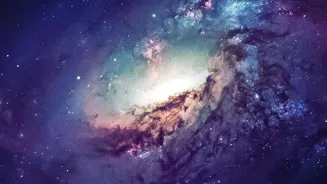Unveiling the Mysteries of Stellar Nurseries: Where Stars Begin. Dive into cosmic birthplaces and the dance of creation
In the vast expanse of the cosmos, there exist colossal clouds of gas and dust, the very
cradles of starlight. These celestial wombs, known as stellar nurseries or star-forming regions, are where gravity, density, and time conspire to birth the radiant stars that illuminate the night sky.
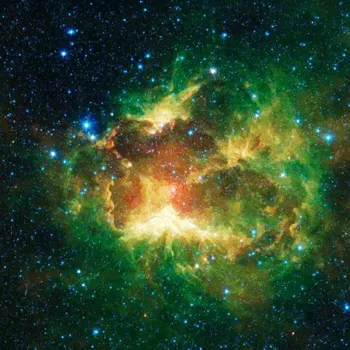
Imagine these nurseries as giant, cosmic kitchens, where the ingredients are hydrogen, helium, and traces of heavier elements, all mixed together and cooked under immense pressure to form the stars we see.
Understanding these nurseries is like understanding the origin of our own Sun and, by extension, the origin of our solar system. It’s a fascinating journey into the heart of creation, written in the language of physics and chemistry.
Stellar nurseries form stars through chaotic collapses
These magnificent stellar nurseries are not just empty clouds drifting aimlessly in space. They are dynamic environments, brimming with activity. Within these regions, gravity diligently gathers the gas and dust, causing them to clump together.
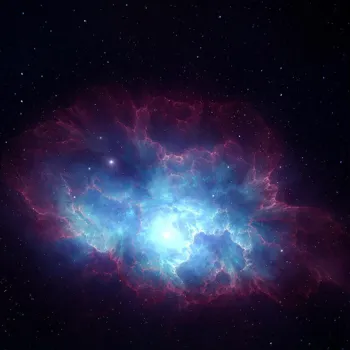
As these clumps grow in density, they begin to collapse under their own weight. This collapse is not a uniform process; it's chaotic, resulting in the formation of countless smaller structures, each potentially becoming a star.
The densest parts become even hotter, reaching temperatures where nuclear fusion can begin. This is when a protostar, an embryonic star, ignites and starts its journey to becoming a full-fledged star.
Studying these collapse processes helps scientists understand the range of star sizes that can form.
Stellar nurseries sculpted by newborn stars' radiation
The most well-known stellar nursery, the Orion Nebula, is an excellent example of what happens inside these star-forming regions. The radiation emitted from these newborn stars shapes the surrounding environment, carving out cavities and illuminating the remaining gas and dust.
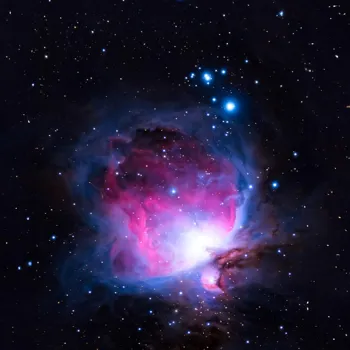
Other smaller star-forming regions closer to our solar system are Rho Ophiuchi cloud complex and Taurus Molecular cloud, these don't have such powerful radiation. The newly formed stars are like cosmic sculptors, their energy and radiation constantly shaping the cloud.
They also shed gas from the poles, which influences the magnetic field lines in that area, this allows particles to accelerate up to nearly the speed of light.
Infrared light reveals hidden stars and gas in dusty nebulae
One of the key tools for studying these nurseries is infrared light. Visible light is often blocked by the dust clouds, but infrared light can penetrate through.
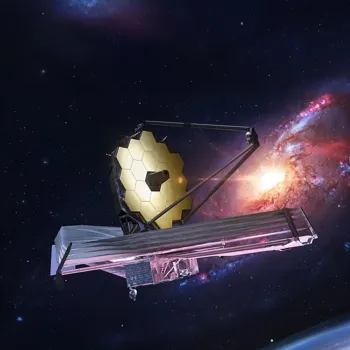
Telescopes equipped with infrared cameras, like the James Webb Space Telescope, give us a peek inside these dusty regions, revealing the hidden stars and the swirling gas.
We can see the temperature of the collapsing clouds, the density of the different components, and even the chemical composition of the gas and dust. Special kinds of telescopes are also equipped to detect what kind of elements are visible in the clouds by identifying the emissions of energy.
Stars form in clusters, impacting solar system formation
The birth of a star is not a solitary event. Stars often form in clusters, born together from the same cloud of gas and dust. Our own Sun is theorised to have been born in a cluster, potentially surrounded by many sibling stars that have since dispersed across the galaxy.
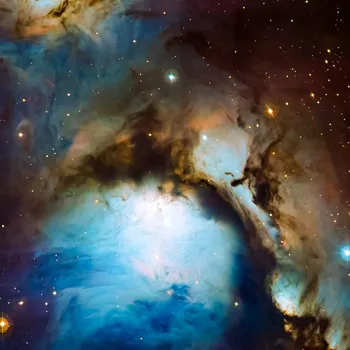
Imagine a cosmic family, starting together, but eventually going their separate ways. Studying star clusters will help us understand the formation of our own solar system, giving us hints to the kind of environment the Sun was in when the planets were formed.
Other star clusters like Pleiades and Hyades are examples of such star clusters.
Stellar nursery lifespan ends with star dispersal
The lifespan of a stellar nursery is finite. After birthing numerous stars, the remaining gas and dust are eventually dispersed by powerful stellar winds and radiation. The once-dense cloud becomes thinner, and the baby stars emerge into the wider galaxy.
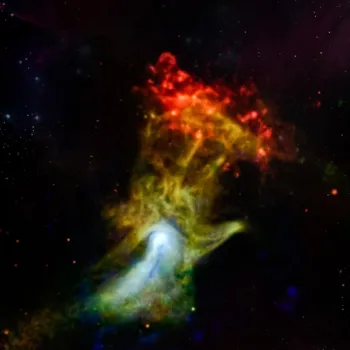
This can either be a sudden explosive event, or a gentle dispersal. Studying these star-forming regions offers a window into the cosmos, revealing the incredible processes that have shaped and continue to shape our universe.
The creation of a celestial body is a dance under the influence of gravity, density, magnetism, and nuclear processes.
AI Generated Content. Glance/InMobi shall have no liability for the content
